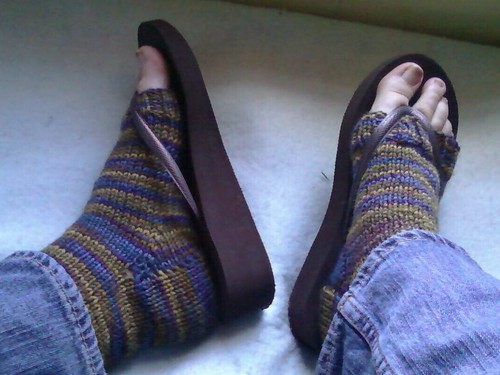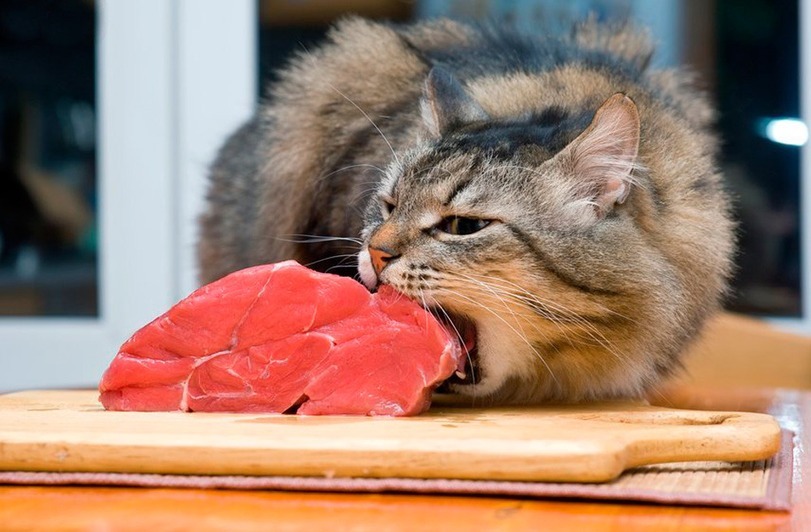They say the brain is like a computer. They never mentioned that it was one of those annoying ones that is always needing updates, but doesn’t do them automatically.
No, the brain needs to be updated by the old-fashioned method of knowledge acquisition we call learning. If you stop learning, your brain gets obsolete and will eventually crash. Of course, when updating one’s brain it is important not to allow in any malware or viruses, but that’s another post.
I am both a good student and a bad one. Good, in that I like to collect information, always learning something new; and bad, in that if I don’t master something at my first try I am liable to give up. Seriously. There is only one subject I took all the way through high school: English, a.k.a. my mother-tongue.
So obviously I have a lot to learn, both in terms of facts/skills and character, and I like to think that knitting is helping with this. Apparently knitting can delay the onset of Alzheimers, basically because it’s exercise for the brain, using a variety of different areas and making them work together. Sounds good to me.
Knitting is also developing my character, because it forces me to persevere when I don’t get it right first time: witness the number of unsuccessful attempts before I learned to turn a heel. It is helping me develop that difficult virtue: patience, in a relatively pain-free way.
I haven’t knitted socks in a couple of years, but just lately, I have returned to them, after diverging through various scarves, a balaclava and a stegosaurus, among other things. This time, I’m trying the socks from the toe up. As Joe Blomfield said, “There’s a great deal of engineering in a gentleman’s sock, I’ll have you know.” Ditto for ladies, or even, heaven help us, people whose feet are so small they don’t even walk on them, viz. babies.
Toe-up has a distinct advantage over cuff-down, namely that you don’t have to guess when you’re going to need to start the heel in order to have enough yarn left to finish the foot – risking ending up with no toes. You just keep going up the leg until you don’t want the sock to be any longer, or you run out of yarn, whichever comes first.
The difficult bit is that you don’t start with a nice simple tube: you start in one of a variety of ways, all of which are mind-bogglingly complex in description, not much better in diagram, and only somewhat confusing in video, because the knitter demonstrating the technique may well be knitting a different method or style from you.
I have, however, learned (and by learned I mean got it wrong a couple of times and then got it right) Judy Becker’s Magic Cast-On – it’s not the cast-on called for in the pattern, but I’m not going to let that stop me. The pattern is also for stripy socks, and I’m just using one variegated yarn.
Knitting, you see, is like cooking: adapting the recipe and substituting your own ingredients are expected – so much so that a lot of patterns don’t even bother giving instructions for the interchangeable parts, they just tell you to start with your favourite cast-on, and then use your preferred heel here, and so on.
Speaking of preferred heels, I have also knit my first short-row heel – the pattern fortunately gave detailed instructions (which is why I chose it) and I watched a video of someone demonstrating the technique as well, which helped. Some things do not make sense in description until you actually know how to do them, which rather defeats the point.
Having tried this method of heel construction, I think I can honestly say that I will quite likely never knit a heel-flap-pick-up-stitches-along-the-side sock again. I loathe picking up stitches. Maybe it’s just the difference between my row gauge and stitch gauge, but I always seem to end up with a gap.
I also recently learned the “Magic Loop” method of knitting in the round, which may one day be of use in sock knitting. Unfortunately, my smallest circular needle has a diameter of 2.75mm (US#2), and the sock patterns I’ve seen generally call for 2mm (US#0) or sometimes even smaller. The ones I’m using now are 2mm bamboo needles, which flex slightly as you handle them. It’s rather like knitting with extra-long toothpicks.
But I’m learning.
What have you learned lately – skill, fact, or otherwise? Share the learning, share the love!










